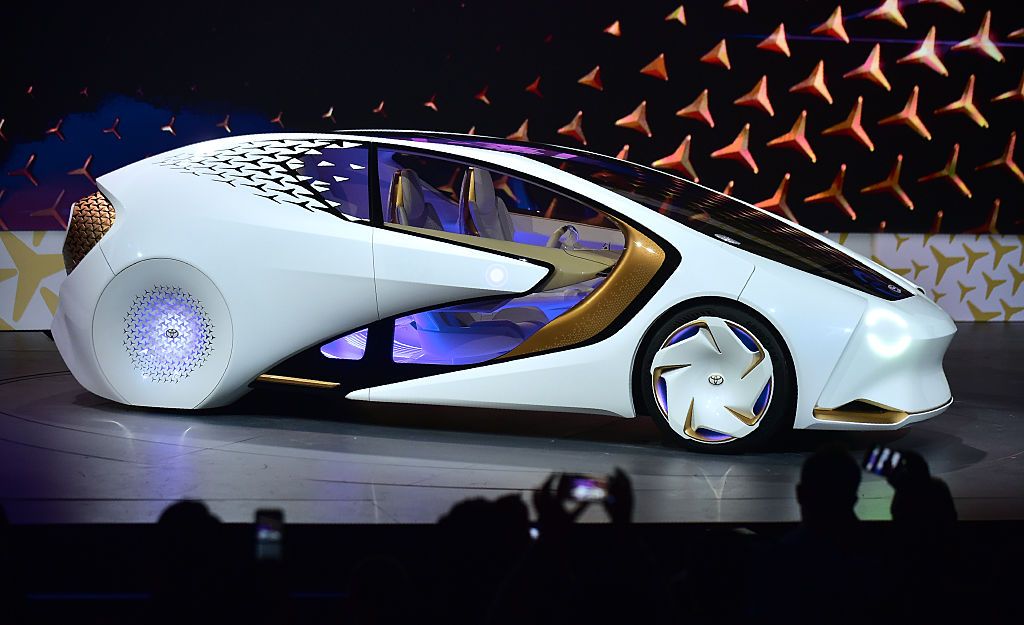There is little Internet information regarding the 1954 Plymouth Explorer concept car. Two snippets are here and here. The second link mentions in passing that a Chrysler Corporation press release credited coachbuilder Ghia (which built the car) as being the designer, though the writer believed the designer was Virgil Exner (1909-1973) who was Chrysler's styling director and responsible for some previous Ghia-built show cars.
For a long time I too assumed that Exner and his team were responsible for most of those early-to-mid-1950s show cars, including the Explorer. I got my information mostly from Motor Trend magazine in those days, but no longer have copies that might have dealt with the Explorer.
We now know that Ghia indeed designed as well as built a number of those cars, including the Explorer. His Wikipedia entry credits Ghia owner Luigi Segre (1919-1963) with the design. However, it seems to have been inspired by a previous Ghia product, the Fiat 8V Supersonic whose design is credited to Giovanni Savonuzzi.
The Plymouth Explorer still exists, and you can view it in Los Angeles at the Petersen Automotive Museum. I saw it in the Spring of 2017 and took some photos displayed below.
Gallery
First, some early Plymouth Explorer photos:
The windshield might be a preview of Chrysler's 1955 version of the faddish mid-late '50s wraparounds. Chrysler retained a backwards-sloping A-pillar, unlike most it its competitors. The grille housing seems awkward seen from this angle.
Chrysler Corporation's brand having vertical grille bars was DeSoto, so the Explorer would better have been given that label (though it was built on a Plymouth chassis and had a 6-cylinder motor instead of a DeSoto Firedome V-8). The forward-leaning grille seems awkward from this perspective as well.
The substantial bumpers, especially at the rear, make the Explorer more street-worthy than most other show cars.
Now for my photos of the Explorer and the Fiat 8V Supersonic that also was on display. Click on them to enlarge.
Front bumpers could not have protected the grille.
The tops of the rear fenders are oddly fussy. These details and the grille mar an otherwise nice design on a comparatively large American platform.
The Fiat 8V Supersonic. Similarities include the long hood, short passenger compartment and the raised, horizontal side trim and its air vent.
Read More
For a long time I too assumed that Exner and his team were responsible for most of those early-to-mid-1950s show cars, including the Explorer. I got my information mostly from Motor Trend magazine in those days, but no longer have copies that might have dealt with the Explorer.
We now know that Ghia indeed designed as well as built a number of those cars, including the Explorer. His Wikipedia entry credits Ghia owner Luigi Segre (1919-1963) with the design. However, it seems to have been inspired by a previous Ghia product, the Fiat 8V Supersonic whose design is credited to Giovanni Savonuzzi.
The Plymouth Explorer still exists, and you can view it in Los Angeles at the Petersen Automotive Museum. I saw it in the Spring of 2017 and took some photos displayed below.
Chrysler Corporation's brand having vertical grille bars was DeSoto, so the Explorer would better have been given that label (though it was built on a Plymouth chassis and had a 6-cylinder motor instead of a DeSoto Firedome V-8). The forward-leaning grille seems awkward from this perspective as well.
The substantial bumpers, especially at the rear, make the Explorer more street-worthy than most other show cars.
The tops of the rear fenders are oddly fussy. These details and the grille mar an otherwise nice design on a comparatively large American platform.
The Fiat 8V Supersonic. Similarities include the long hood, short passenger compartment and the raised, horizontal side trim and its air vent.






























































